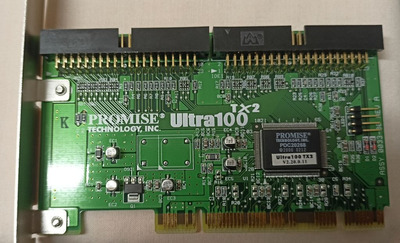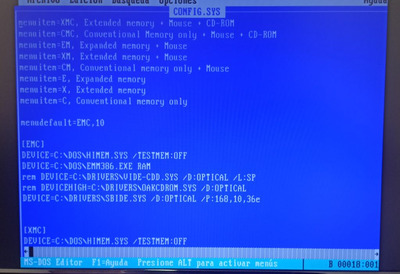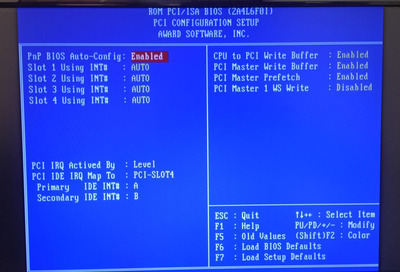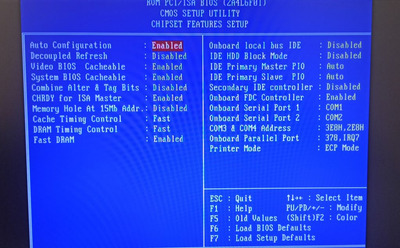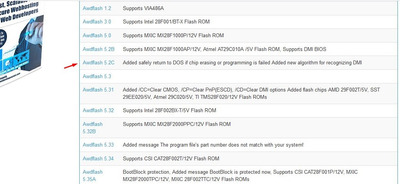First post, by beltrixx
- Rank
- Newbie
Hi all,
I'm having a bit of trouble trying to get my CD-ROM drive working with a Promise Ultra100 TX2 controller in a 486 setup (FIC 486-PIO2 motherboard). CD-ROM drive is a Creative CD2422E (24x) CDROM (IDE interface) and was working fine before I decided to install the controller. It was set up as slave at the mobo's secondary IDE controller.
At first, the Promise controller simply refused to run and the system freezed during POST, so I did the following :
1) Disabled integrated IDE controller (both primary and secondary) from within Award BIOS
2) Assigned IDE to PCI-SLOT4 using INTA & INTB
Tried for a while, changing some BIOS settings with no luck : controller's BIOS didn't show during POST (I have another Promise card running fine in a SS7 setup). Then I decided to get rid of the PCI Network card... et voilà, controller card info appeared during POST. It detected both master/slave hard drives attached to IDE1 connector of the card, but the CD-ROM drive, which was attached to controller's IDE port #2, wasn't detected. I'm able to boot from an MSDOS partition in the first hard drive (because hard drives were detected OK) but MSDOS freezes if I try to load any CD-ROM driver (via config.sys menus).
I tried to enable secondary IDE controller on the mobo and attach the CD-ROM drive to it but, when I did so, the system didn't boot up or freezed when loading the CD-ROM driver (which worked fine before Promise controller install). I've tried several drivers (VIDE-CDD, OAKCDROM) with no success...
Second thing I tried was updating controller BIOS to the last version via PTIFLASH utility. There was also no luck and the Promise card simply didn't boot after the update, so I had to reflash the old BIOS (I backed it up before flashing). Promise onscreen message showed up again during POST... but CD-ROM drive was still not recognized when attached to the Promise controller, IDE port #2.
Third attempt: Replaced the CD-ROM drive with a spare DVD-ROM drive I had in storage (LG Model : GDR-8164B) and attached it to Ultra100 controller's IDE port #2... this time was detected at boot but I couldn't make it work under MSDOS because every attempt at loading a CD-ROM driver (VIDE-CDD, OAKCDROM) ended up in system freezing ¿¿?? If I chose not to load any CD-ROM driver within MSDOS, OS loaded and ran fine.
It seems to be some sort of incompatibility between this controller card and my particular mobo or maybe it's just me forgetting to set up something important, I don't know. I still have some things to try... I'll probably attach the Creative CD-ROM drive to the IDE port of my Soundblaster 16 Value PnP (model CT2940, which I think has a "real" IDE port) and will try to load the driver with the following settings (which I read about on another vogon's thread) :
DEVICE=C:\DRIVERS\SBIDE.SYS D:OPTICAL P:1E8,11 (Tertiary IDE, primary on sound card)orDEVICE=C:\DRIVERS\SBIDE.SYS D:OPTICAL P:168,10 (secondary on sound card)
Any ideas or suggestions would be much appreciated!
Kind regards,
Manel (beltrixx)
"...Never in the field of human conflict was so much owed by so many to so few..."
(W. Churchill, about RAF pilots during WWII)
